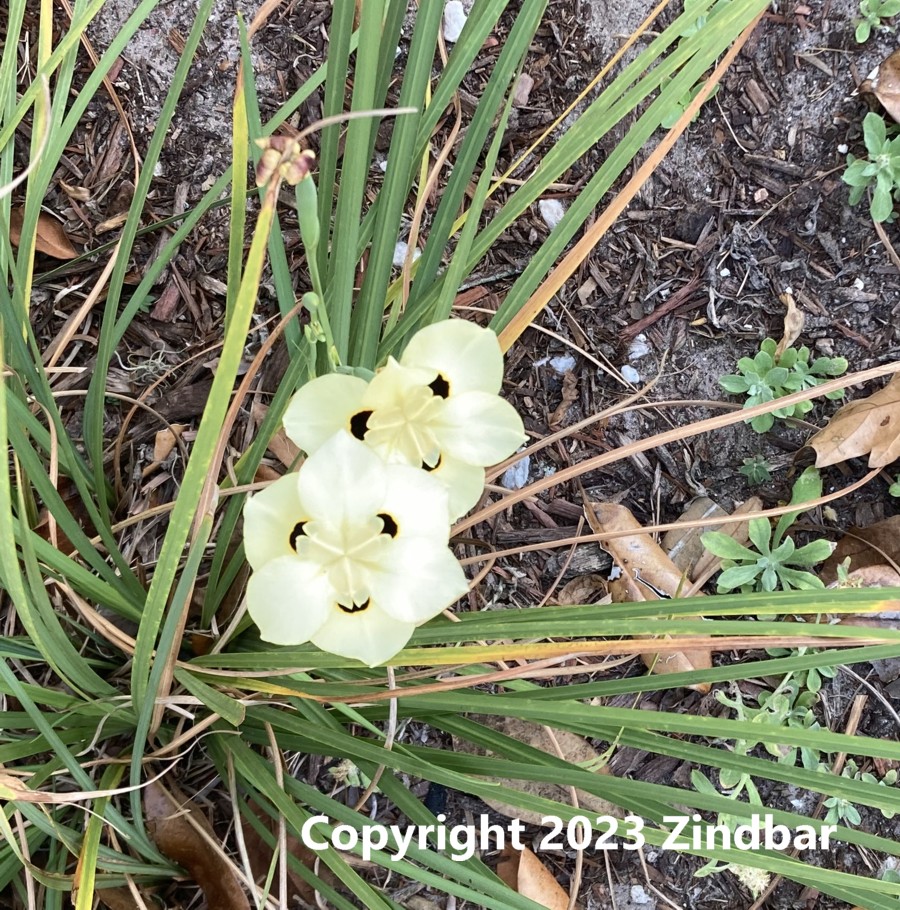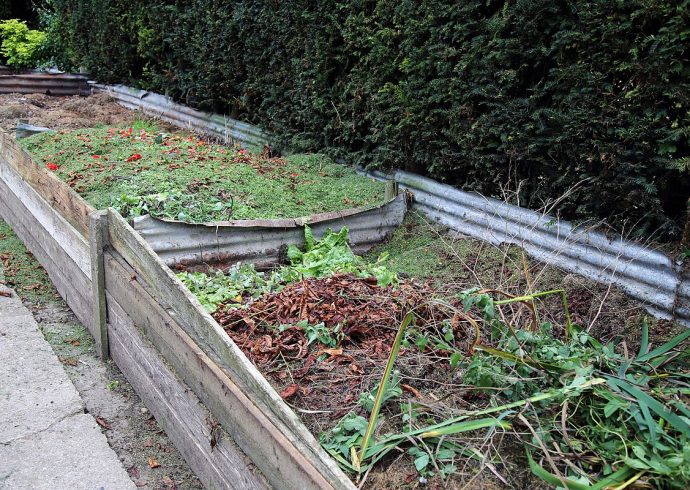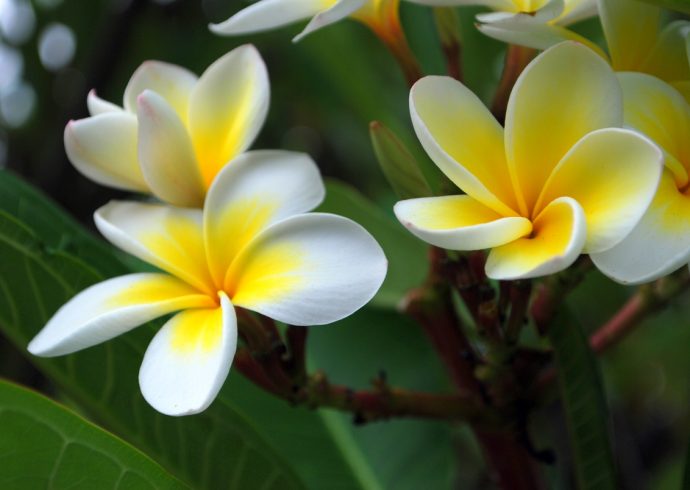
Growing African Irises
The African Iris, or Dietes Bicolor, is also known as the fortnight lily or yellow wild iris. A rhizomatous plant, the African Iris originated in South Africa. Despite the name “Lily” in the flower’s name, it is not a member of the lily family. It is one of six official species in the Dietes subfamily of Iridaceae, the others being: butcheriana, flavida, grandiflora, robinsoniana, and iridioides.
A delicate but small and showy flower, the African Iris has pale yellow petals with brown spots in the center of each petal. African Irises will grow in subtropical climates like southwest Florida, and will tolerate dry conditions. For this reason, it is a perfect addition to a Mediterranean garden. Fully grown plants measure 2 feet to four feet tall, with long, slender, bladed leaves tightly packed.
It is not uncommon for the African Iris to blossom across all four seasons where winters are mild in the southern part of the United States. In this case, the plant grows as a perennial, while if grown in planting zones 2 through 7, African Iris grows as an annual. The rhizomes can be dug out of the ground and stored under the same conditions with tulip bulbs, then replanted in the spring once the last frost is over.
Before planting African Iris seeds or rhizomes, select a part of the garden which receives full sun or partial shade. If planting the seeds, make sure the soil is well drained and moist with loam added to encourage blossoms throughout the growing seasons. Sow them two to three feet apart to allow air circulation between each plant. Cover with a light layer of the soil and water them. The rhizomes should also be planted using the same spacing. Fertilizer can be added to each plant once per growing season; use the 10-10-10 plant fertilizer sold in nurseries.
African Iris flowers normally bloom in two-week intervals. A single flower will last a full day but is quickly replaced with new flowers from the same stalk. To prune one of the plants, remove any dead leaves using clean garden scissors to keep the growth healthy. The African Iris can be propagated through its seedlings or by splitting the rhizomes. There are no major insect or disease to worry about when growing the African Iris.
Image Credit: Zindbar, Copyright 2023.


